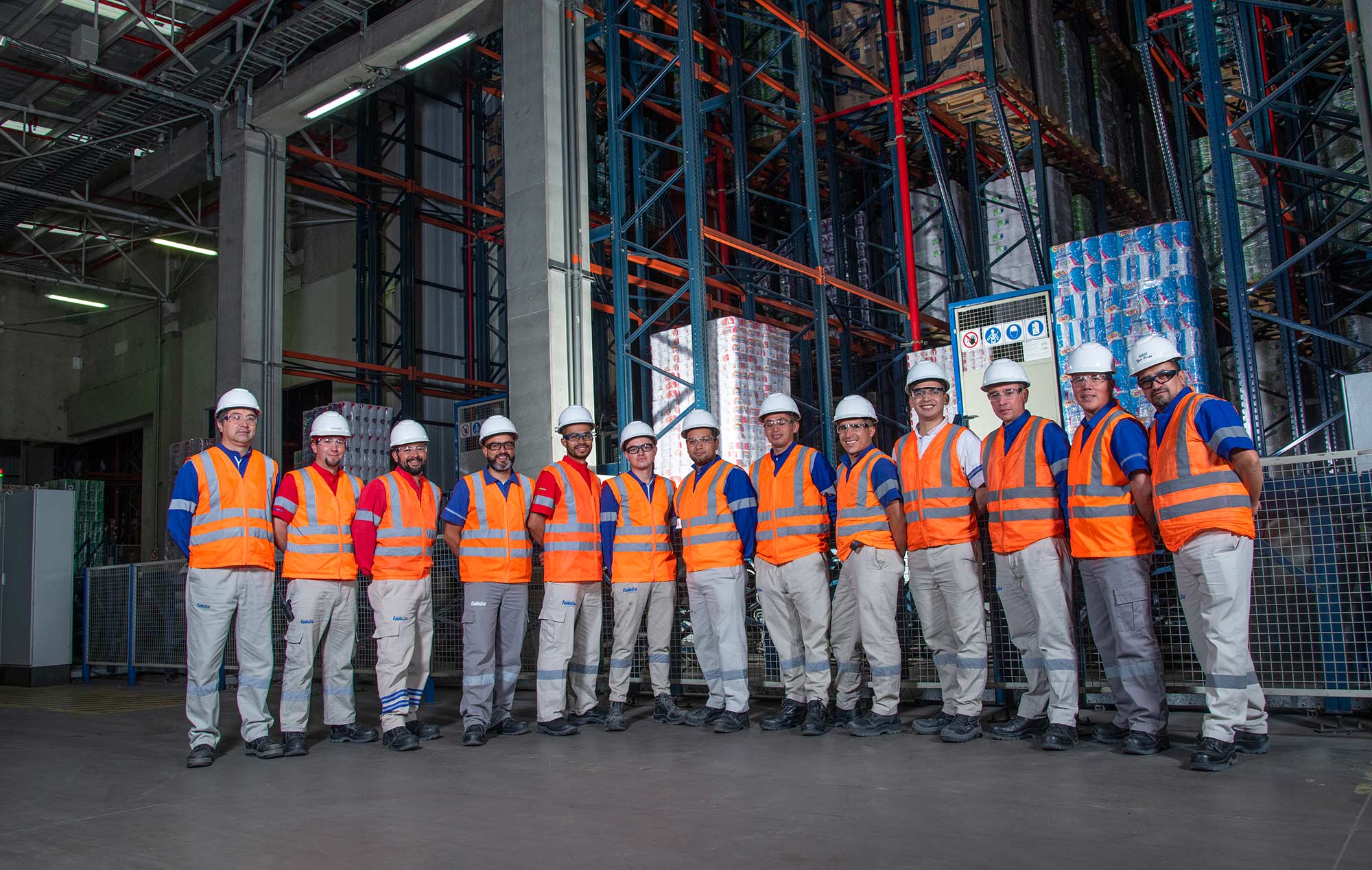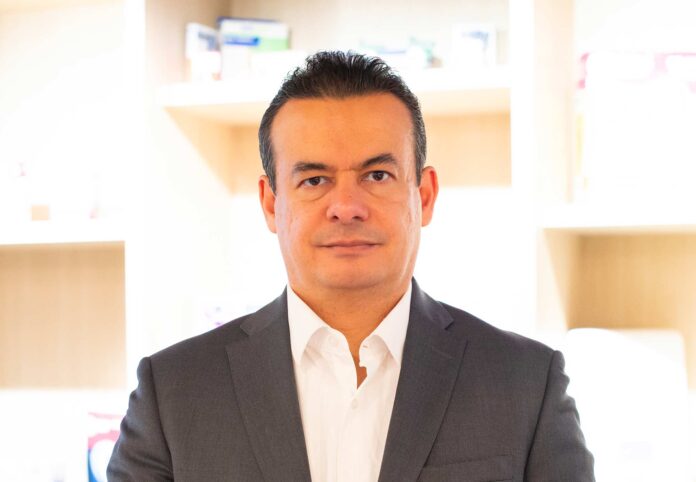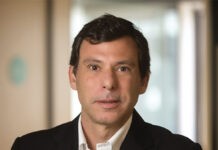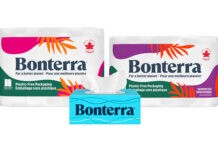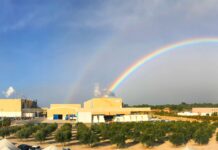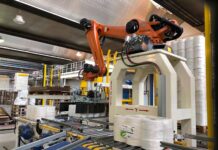Following the start-up of a TAD tissue machine at the company’s Sahagún facility in Mexico in 2020, Essity continues to target premium products in its main global growth market. TWM Senior Editor Helen Morris speaks to Roberto Caballero, VP Supply Chain for LatAm, Essity.
The next few years will be a defining period for the Latin American (LatAm) tissue market. Tissue projects in the region that have started up in 2023 or will be in development during 2024 and 2025 include three projects in Mexico, one in Argentina, one in Colombia, El Salvador, and Guatemala, and seven tissue projects in Brazil.
Whether the LatAm tissue market will enter a state of overcapacity in the next few years – or just extra capacity – remains to be seen.
For global tissue giant Essity, the region remains a “key growth area”, according to Roberto Caballero, Vice President Supply Chain for LatAm. From his base in Mexico City, Caballero, who has over 30 years of experience as a manufacturing, supply chain, and FMCG industry executive, discusses how Essity has positioned itself as “the fastest growing and value creating hygiene company” in the region. The company has confirmed its commitment to growth in the region, which it describes as an “emerging market”, and said that future development will take the shape of “innovation, more premium products, leading brands, digitalisation, with increased e-commerce sales and a Direct-to-Consumer business model.”
Its commitment has been underpinned in the past few years by two substantial investments. In 2019, Essity Mexico started-up a Toscotec-supplied TADVISION machine equipped with a Steel Yankee Dryer at its tissue mill in Ciudad Sahagún, Hidalgo. It was Essity Mexico’s first TAD machine, and designed for “extra-premium product quality”, according to Caballero.
In 2021, the company completed the acquisition of Productos Familia, finalising the acquisition of 45.8% of the shares in the Colombian hygiene company so that it now owns 95.8% of the business. At the time, Essity President and Chief Executive Magnus Groth said the move meant that Essity could “build an even stronger platform in Latin America to further increase growth, profitability, and efficiency, as well as accelerating the digital transformation.”
Now in 2024, Essity is the third largest player across Latin America with its Regio and Familia brands and market position, behind Brazil’s Suzano and Chile’s Softys.
With the substantial capacity push in the next few years, what will Essity’s strategy be in one of the company’s most dynamic growth regions? “In LatAm, we are organised in a way that the supply chain is the same that we have for Personal Care,” he says. “I am responsible for these sites across the region, and so out of the 10,000 people that work for Essity in LatAm, 5,000 people work at the sites.” He explains that several of the sites are “hybrid sites” that share tissue and Personal Care operations: “We see an advantage of this cross-fertilisation. Typically, the machines are run separately, but at the end they are manufacturing and they share the distribution channels, customers, etc. So when we approach customers with one face, of course we do it as an integrated supply chain that also brings synergies when we are sourcing materials, etc. So that is a lot of advantages.”
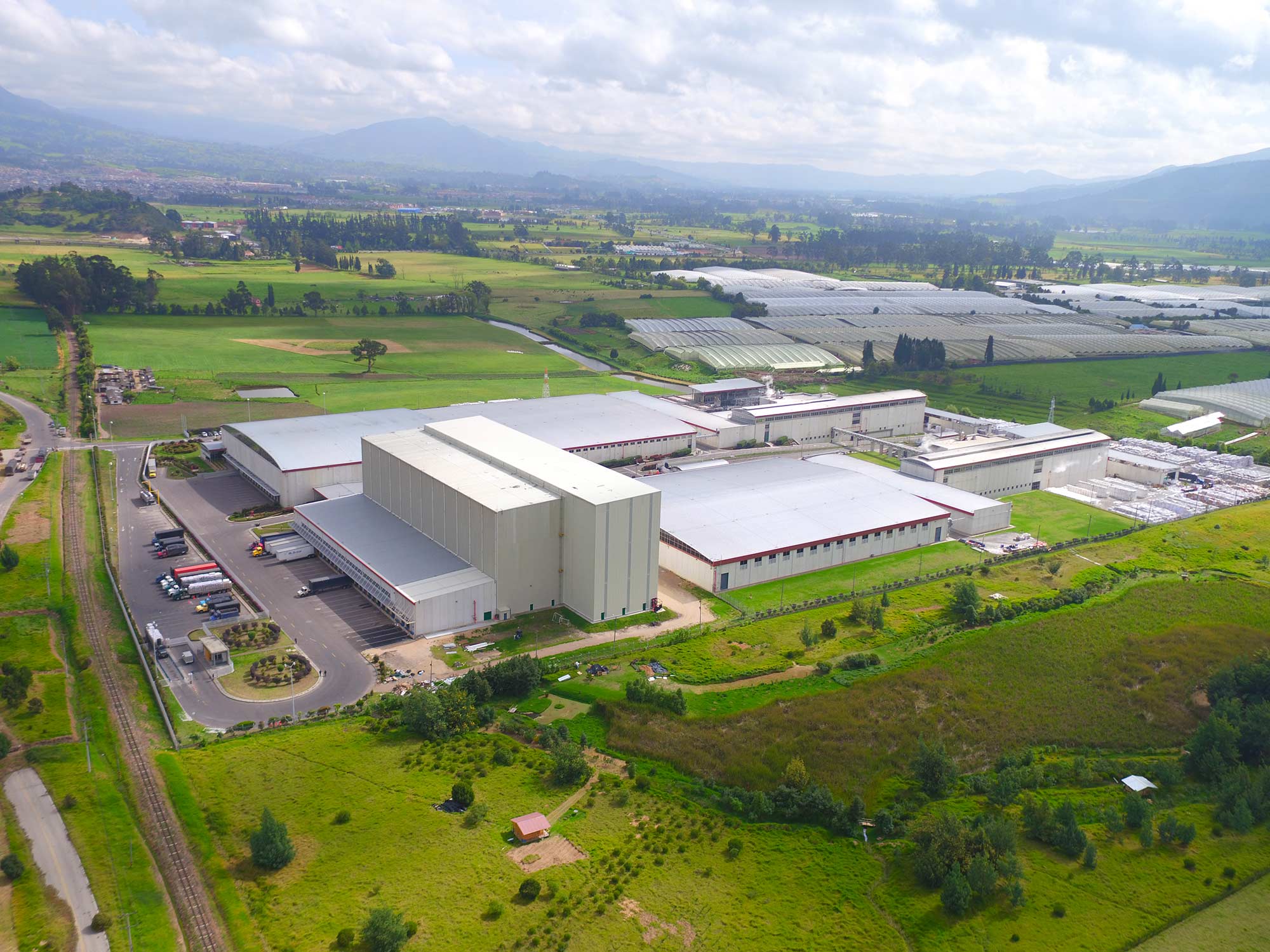
There are now tissue operations in 10 of Essity’s LatAm plants. “This is quite relevant, to show our commitment to the market here,” he says. “A vital element is that we see profitable growth. Our LatAm strategy is reflected in the growth areas of Essity’s global business. But when we say grow, we don’t mean grow at any cost. It is profitable growth. And here, customer and consumer segmentation takes a very relevant line in terms of how we evaluate the strategy.”
He says the business intends to grow, but not in all the channels, not with all the customers, and not with any certain volume. “We grow where we can find value for the company, and we can find value for the consumers and for our customers. In this regard, we see a very positive development for our plans for the years to come. We have invested in recent years in TAD capacity in Mexico with Toscotec. This investment is different from the typical TAD approach, a different route, and we have had very good results. Crucially it has allowed us to produce premium products in Mexico, and that is very important for the customers we want to target here. In some of the important portfolios, this opportunity allows us to have price gaps, because when the consumers go to the shelves, they choose value. So even in difficult times such as high inflation or even hyperinflation in some of the Latin American countries, people still look for value, and not just cost.”
In early December Caballero and company executives conducted a “store check”, visiting different sales channels and talking to consumers in the stores where their products are. “In one of these channels we saw consumers choosing our product and we were interacting with and asking why they were choosing the products they were. And the answer was because they find value. They say, yes, sometimes it may be more expensive, but I like the feel of the product, I like that it lasts a long time. Buying long-lasting products is very much in the mind of consumers here, it’s very important for them because they want to save. They want to save in an intelligent way. And these types of consumers are the ones that are buying our products.”
Recent innovations have also been targeted to give additional value to the consumer, for example the odour control technology that Essity has launched in Mexico in all consumer tissue products under the Regio brand and with future plans to roll-out in other LatAm and European markets. “People in Latin American countries are concerned with odour in their bathrooms, and this technology allows us not just to put perfume in the product, which has been done for many years, but it also includes a technology that blocks the receptors in your nose. With that block, you can have a better environment in the bathroom. These types of innovations are very popular for people here.”
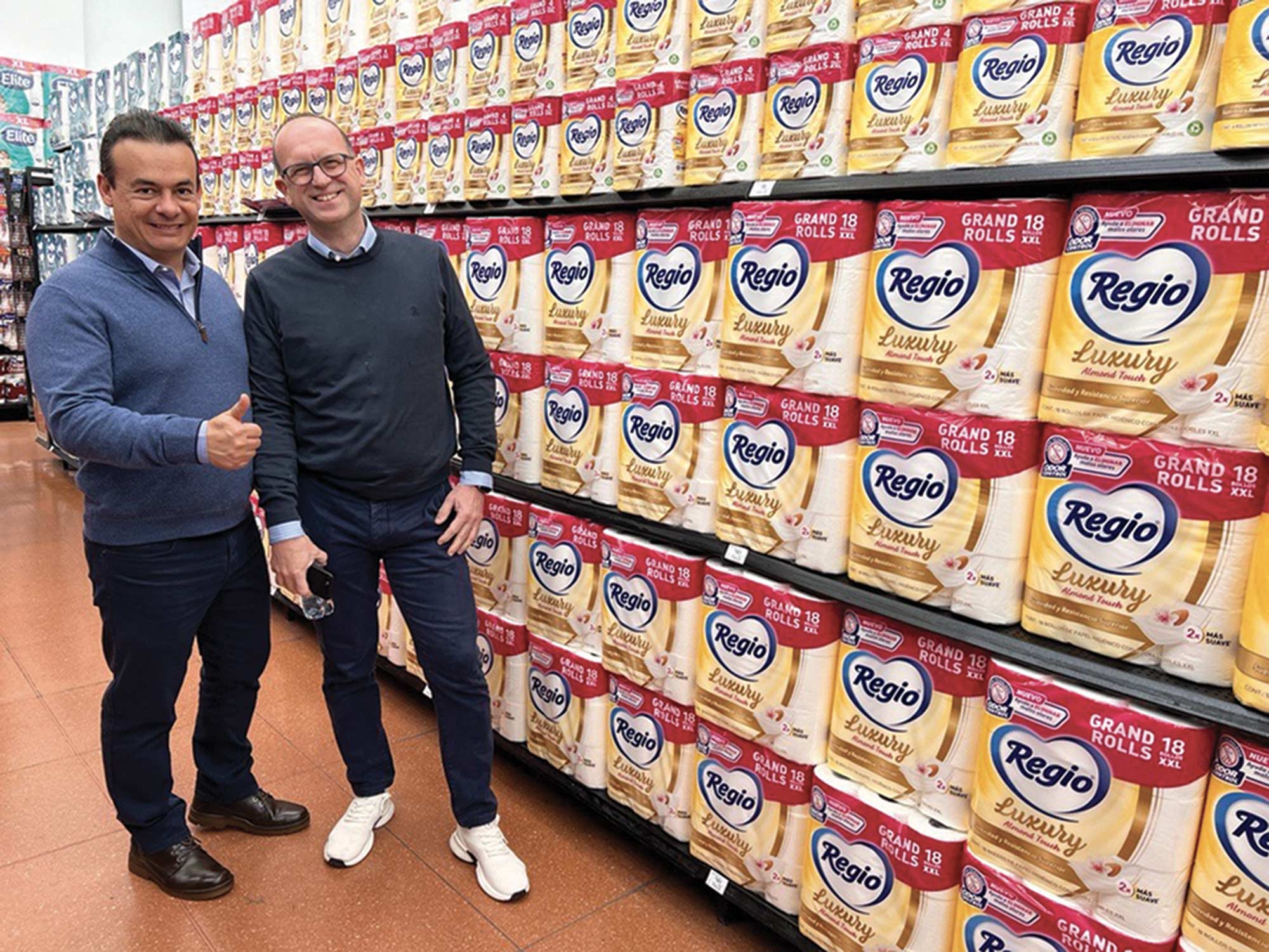
During the pandemic, he adds the business had to be “very agile”, and adapt to the quickly changing demands of consumers. As people became more and more concerned with hygiene, on market shelves Essity started to offer a paper towel product for use in the bathroom instead of using the normal clothing towel. “People liked this a lot because at that moment, they were very concerned about hygiene issues, and so they liked having this available, this extension of Professional Hygiene into consumer homes. It was a big success. So for us, it is very important that our supply chain is a competitive advantage for profitably growing the business. To achieve that, all our manufacturing operations need to be agile and trustable value creation machines.”
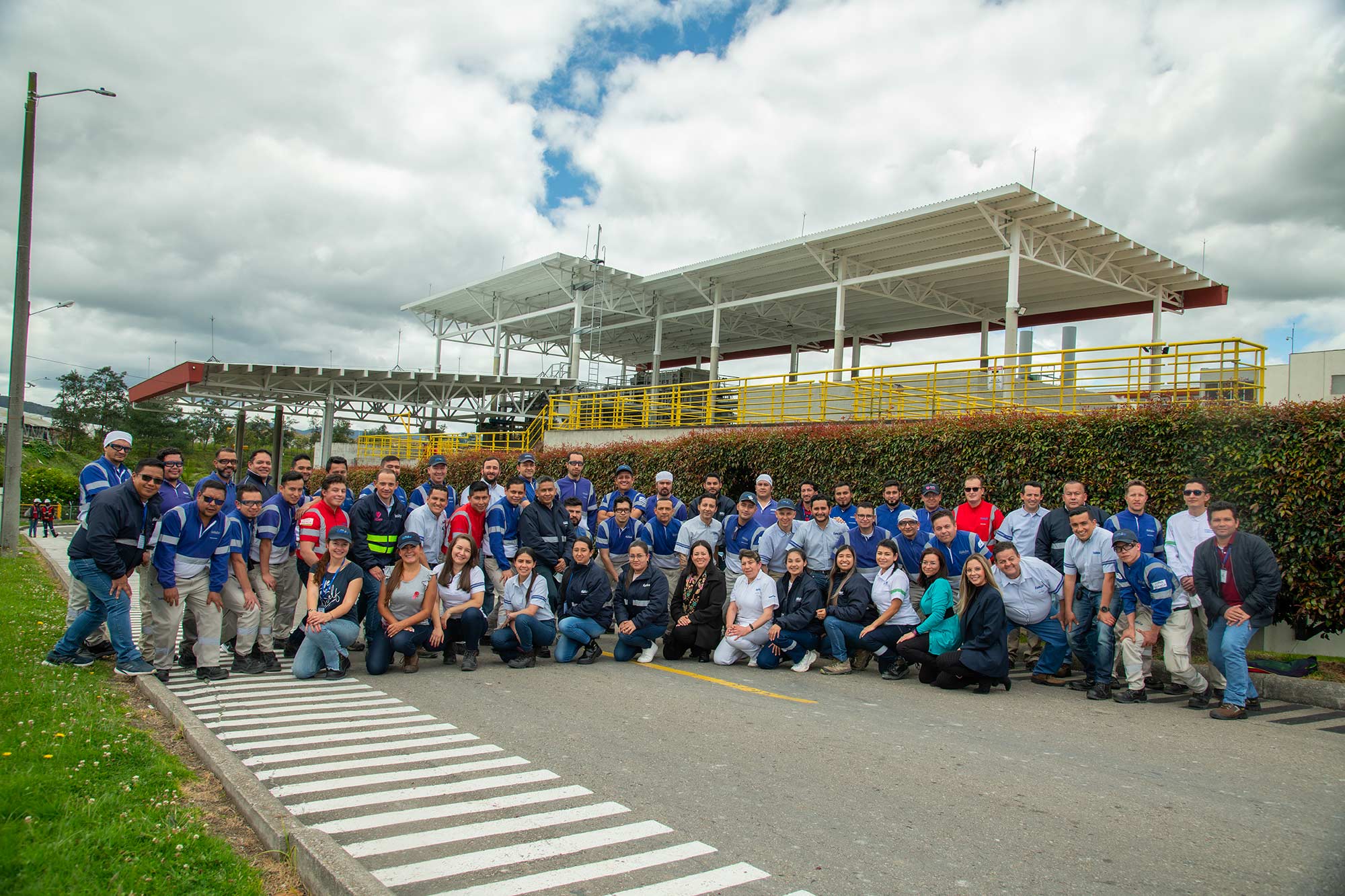
This is what differentiates the business in the market: “This is in the mindset of all our employees, and I believe that’s what makes a true difference. Most tissue technology at the end of the day is kind of “on the shelf”. So what makes the difference is the way we as a company use it, and the intents you have in every person. Here it is 100% participation of our people. And I am glad when people visit us, they don’t talk too much about technology that we have at our sites, which is impressive in any case. But rather they talk about the culture that is in our sites. They talk about the seamless operation between the commercial teams and the manufacturing teams. The knowledge that the sites have on the markets, the important that they give to agility. For all the organisations, being efficient is the most important part. For us, being efficient is an enabler to being agile. That’s the way we work and why we have a proven record of success in LatAm and the trust of the corporation to continue to grow in LatAm.”
The expansion into Colombia with Productus Familia, previously a joint venture, was another key move. “It is now Essity-owned and we have also incorporated the branding, so we have the Familia branding – because it is a very powerful brand in those countries – as well as Essity’s brands,” Caballero says. “They have done a very strong marketing job over the years, and we wanted to keep that. But talking about the processes, all of them are Essity. It took us two years to have a full integration, and when we talk integration we talk harmonised processes, key operation processes, and also all the logos, etc. Everyone now feels it is Essity, so it’s been a success case.”
With the TAD line in Mexico boosting the company’s premium product offering in the region, what are their plans for private label across LatAm? “Strategy is all about making choices, and we are very thoughtful when we make these collaborations,” he says. “We have strategic collaboration with some private labels, where we again see value for us but we are also able to bring value to them, as well as the consumers. We do have a collaboration also with private labels, which in our markets are growing faster than the organic growth of the markets, but nevertheless continue to be a little bit different than in Europe, for example. It is much less of the market here, and probably the concept of private label is trying to bring value to consumers, so we find some of their approaches very interesting, we are always eager to learn. Also, when we talk about strategic choices, in areas some of their distribution channels are very attractive for our brands. So it’s not that we solely produce the private label product, but we also look at the collaboration to be able to have more consumers able to access our brands.”
What is different and crucial for understanding the LatAm market, is each country’s development and how they are sourcing their products. Despite the prevalence of large chain retailers such as America’s Walmart, France’s Carrefour, and Japan’s 7-Eleven, the popularity of the independent Mom-and-Pop retailer stores in emerging markets – Essity groups LatAm in this category – remains strong.
From kiosks to corner stores, Mom-and-Pops – a colloquial term used to describe a small, family-owned business – sell a variety of products from the ingredients for Mexico’s Classic Paloma cocktail, to Brazil’s cafezinho (small coffee), Pão de queijo (cheesy bread) and Coxinha (chicken croquettes), to toothbrushes, loo roll and kitchen towel.
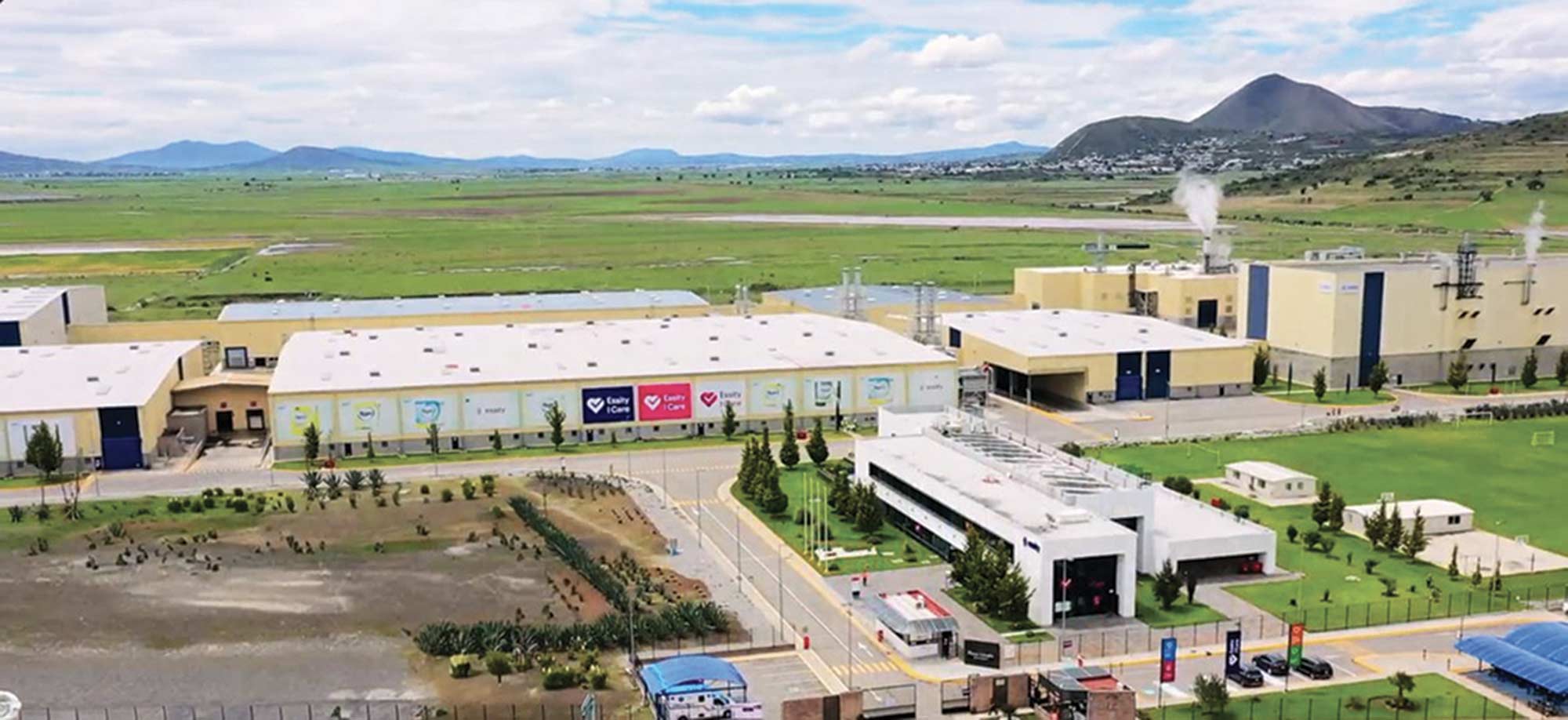
In Mexico, for example, Caballero says Mom-and-Pop stores can get the products they sell from either the big super stores or from the traditional distributors. “These types of stores are also constantly and substantially evolving. As a result, it’s a very fascinating time for supply chains, because these channels are in continuous evolution. Sometimes it is a challenge because you must keep up with them to serve them well. But that is also important because then we find synergies and efficiencies that are a win-win for everyone.”
Export is also an increasing revenue stream. Essity currently exports some SKUs that it chooses to have in production in some sites, for PeakServe Hand Towells for the AfH market in its Professional Hygiene category. “We do also produce it in the US, and we distribute it in Latin America. Generally, what we do is the SKUs that have a low volume, we would rather move them and create the pool of demand in the market. And once we have a convenient demand for it, then we put the capacity. And we also do the other way around, so we sell some products so that we are continuously evaluating opportunities for growth supply within Latin America, and also to other regions like Europe or the US. But compared to other industries, tissue is very difficult to move, it’s not very efficient so we try to be very selective with it. Probably in other categories such as Personal Care it’s more efficient to do the cross-supply. One advantage, however, is that we can take advantage of our footprint. We try and source products in a more convenient way, from Central America, for example, for Puerto Rico or for Dominican Republic. For the countries we don’t have the manufacturing units located, such as Peru, we just try to optimise the supply chain.”
The largest raw material the company sources is eucalyptus from Brazil. What the company is currently seeing there “very interesting,” he says. “In tissue, it has been several years since we have replaced long fibre. But over the years, for some SKU’s we have been able to replace using just long fibre, and now we produce it only with short fibre. They are great products that have a better cost for us, and it’s also then cheaper when you sell it because we can apply this cost. Recently, what has also been a good opportunity using eucalyptus for products in our personal care products. So we also have a strong initiative there, which is also being led by Latin America.”
LatAm is now the main growth area globally for Essity, claiming 16% of the group. Caballero adds that North America and Asia are also relevant in terms of growth if you combine all the categories. “But along with Asia, Latin America with the population it has is one of the main regions globally that is fastest growing. It’s an incredibly fast-growing market.”
And with all the new capacity coming on stream, he says that it will be hard to know how that will change the market. “We can be speculative of how those elements will change the market. Typically, I think there is a certain balance in the system. The challenge for the new capacity coming in is the capability of the different corporations to bring the needed value for consumers and customers. People are more concerned with these megatrends like sustainability, for example. So I think that over time, they would rather buy products that have a firm sustainable commitment than just products per se. If you are not able to bring this value for consumers – and have a business model to get profits from it – it can be very dangerous for some companies that are bringing this extra capacity into the market. So it really depends on how you position yourself within the market. In the end, the new tissue capacity is exciting, and we are looking forward to seeing the developments.”
One of the main commitments for Essity, he concludes, will continue to be sustainability, and also the trend of how to make use – and be smart – with digitalisation, which is “very evident in the market.”
“We are very committed to sustainability. It is one of our key elements. We are spending substantial resources, capital, and time, to make sure that we are on track with our commitments for CO2 reduction for 2030 and 2050. With digitalisation, it is an interesting point as it is an enabler. Not for our brands, but because digitalisation enables us to directly reach consumers and to create attractive opportunities for distribution. Our brand Regio, here in Mexico, is continually using more digitalisation, but it’s not just about what you can see as a consumer, nor what you see as a customer. It’s also the way we manage information about how we understand consumers and how we optimise our supply chain inside of our walls.”
This will also be another important development in the years to come: how digitalisation is helping companies to optimise: “Not just the paper machine, which has been very sophisticated over the years, but the whole supply chain. The way we prepare the stock, the way we use our chemicals. And I think that’s a very relevant development. Our brands Tork, Regio, Familia, will all continue to take full advantage of that.”
